 It is official: Bro. Mohamad Yatim will be the guest speaker at Sons of Liberty Lodge No. 301 on June 10. He is going to discuss the Scottish Rite initiatic element known as the Chamber of Reflection, with an explanation of V.I.T.R.I.O.L.
It is official: Bro. Mohamad Yatim will be the guest speaker at Sons of Liberty Lodge No. 301 on June 10. He is going to discuss the Scottish Rite initiatic element known as the Chamber of Reflection, with an explanation of V.I.T.R.I.O.L.Sons of Liberty meets at the Secaucus Masonic Temple, located at 1422 Paterson Plank Rd. in Secaucus, easily reached from Route 3, the NJ Turnpike, etc. Opening at 7:30 p.m.
The Chamber of Reflection offers the aspirant a very different experience than New Jersey’s ritually standard Preparation Room. In the latter, lodge officers greet the candidate with specific questions and make certain he is properly clothed for his initiation. But in the Chamber of Reflection, the candidate for the mysteries of Freemasonry is given time to think. He’ll need it, because he should achieve an emotional distance from the concerns and employments of the world outside; he should attain a mental clarity to appreciate his infinitesimal place in the universe; he needs to understand his very existence is just a temporary blip.
This is accomplished with the aid of several highly instructive symbols placed in the Chamber. Daniel Béresniak, in his excellent book “Symbols of Freemasonry,” describes the Chamber of Reflection beautifully. (These photos, shot by Laziz Hamani, are from this highly recommended book.)

“The Chamber of Reflection, present only in certain Masonic rites, is a small room in which the candidates are left on their own for a period before the initiation ceremony begins. Seated at a table, they write their Philosophical Will, which is later to be read out in the lodge....
“The initiate is alone with a sheet of paper and a pencil. The Chamber of Reflection is lit only by a candle which casts its feeble light on a number of ornaments: a human skull, some bones, a saucer containing salt and another containing sulfur. On the wall are murals painted in white on a black background: a cockerel, a scythe, and the word V.I.T.R.I.O.L. which is the ancient command to examine oneself: Visita interiora terrae, rectificando invenies occultam lapidem, (or Visit the center of the earth, and by rectifying you shall find the hidden stone).
“These symbols derive from alchemy, a tradition which has provided us with all of the symbols we use today to describe metamorphosis....
“The hourglass is an invitation to reflect on the reversibility of time; the bread denotes the vital transformation from the raw to the cooked; and water represents fertility. So knowledge has to be re-examined, not to increase its ontological qualities, but to alter them. ‘Not to fill up a vase, but to light a fire,’ as Montaigne put it. This quotation from the author of the ‘Essays’ leads us to the cockerel, which announces the appearance of light. It is associated with Mercury/Hermes who sets limits and helps us to cross them. The ability to associate things by distinguishing between them is proof of the passage from knowledge to experience.
“As for the scythe, the tool used for reaping, it is only since the fifteenth century that it has been put in the hands of a skeleton to represent death, the great leveler. This image confirms and illustrates the teaching revealed in the other symbols: Death in the vegetable world is a source of life for the animal world.
“These symbols focus the neophytes’ attention on the need to recognize reality as it is, and to free themselves from those phantoms which set light and darkness in opposition. This initial trial and proof of earth in the Chamber of Reflection shows the way forward, to replace the word ‘or’ and its surrounding attitudes by the word ‘and.’”






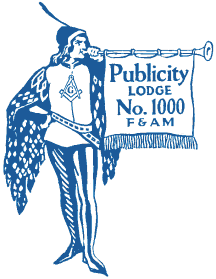

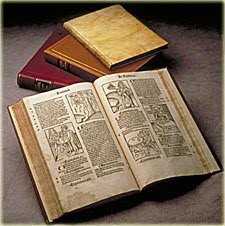


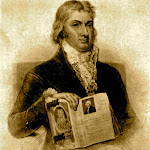




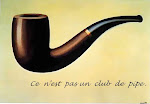
















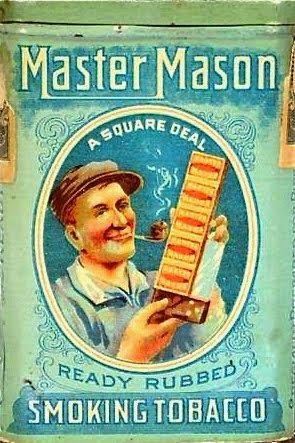


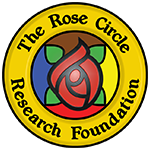

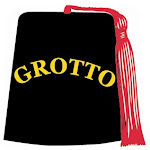








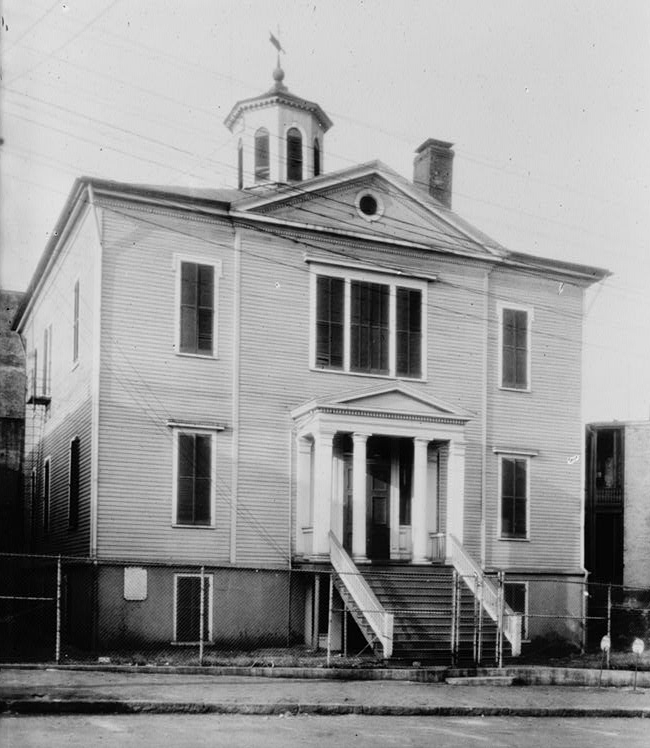
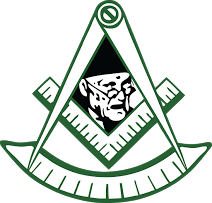
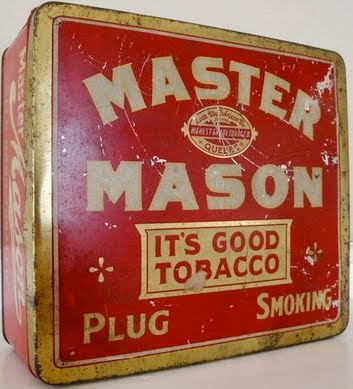



No comments:
Post a Comment